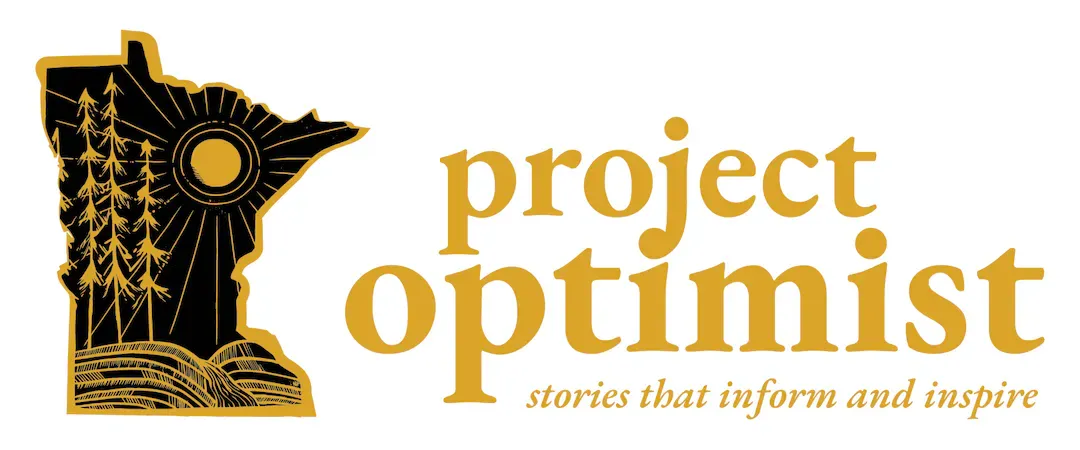How LGBTQ+ Minnesotans navigate end-of-life plans
The leader of OutFront Minnesota shares insights about end-of-life planning in the LGBTQ+ community.
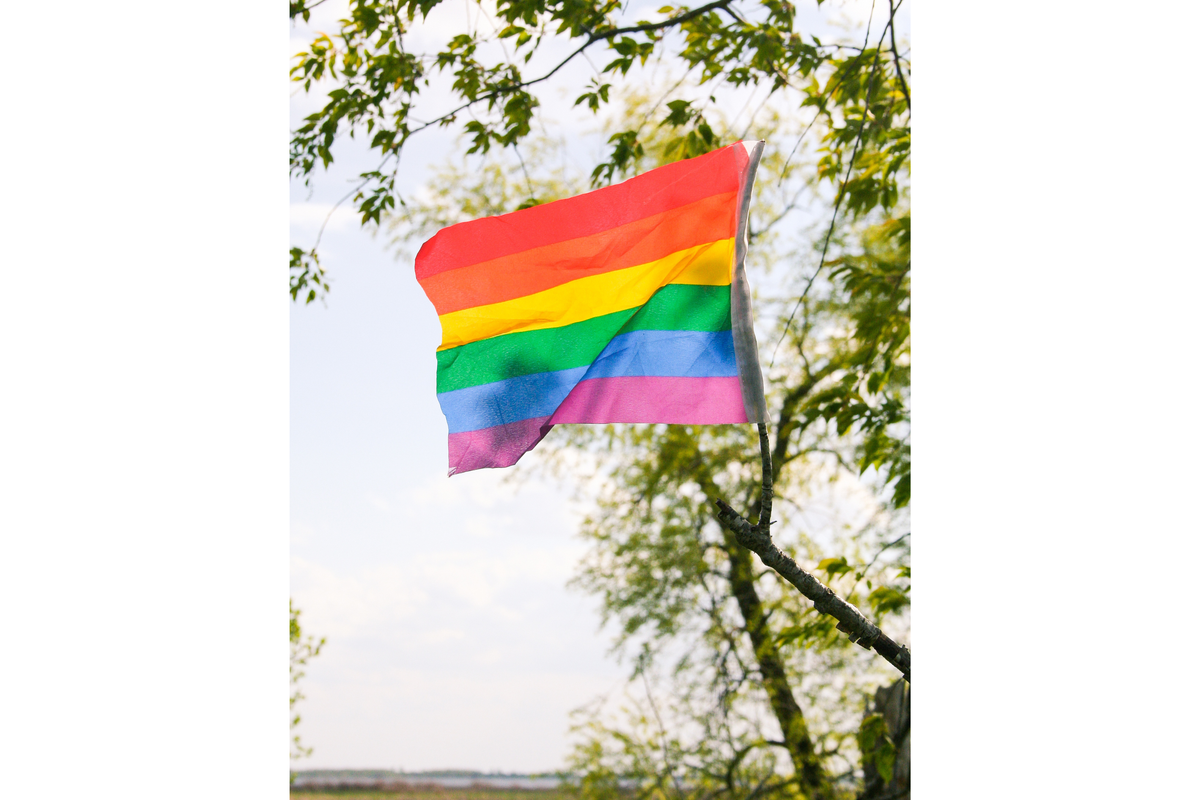
Editor’s note: Dawn Espe is the founder and executive director of the Sowing Room, a nonprofit organization based in Baxter, Minn. The Sowing Room hired Project Optimist to lead a moderated conversation on belonging in April.
Members of Minnesota’s LGBTQ+ community can find help to complete end-of-life plans even as the social landscape is shifting.
More than 460,000 Minnesotans identify as LGBTQ+, according to Minnesota Compass. President Donald Trump has issued executive orders that roll back federal protections for the LGBTQ+ community since he took office.
Kat Rohn, executive director of OutFront Minnesota, said the organization has three big concerns:
- Federal health care funding cuts,
- Federal action on gender identity and how it will affect people’s access to government documents, and
- Increased harassment of LGBTQ+ people.
Sign up for Project Optimist's newsletter
Solution-focused news, local art, community conversations
It's free. No spam. Unsubscribe anytime.
The organization recommends that LGBTQ+ Minnesotans complete end-of-life planning documents that fit their needs so they have some control over decision-making, Rohn said.
“I think a lot of the general guidance there remains true,” Rohn said. “The more you can sort of layer protections for yourself and give yourself assurances, the more resilient you'll be in an uncertain climate.”
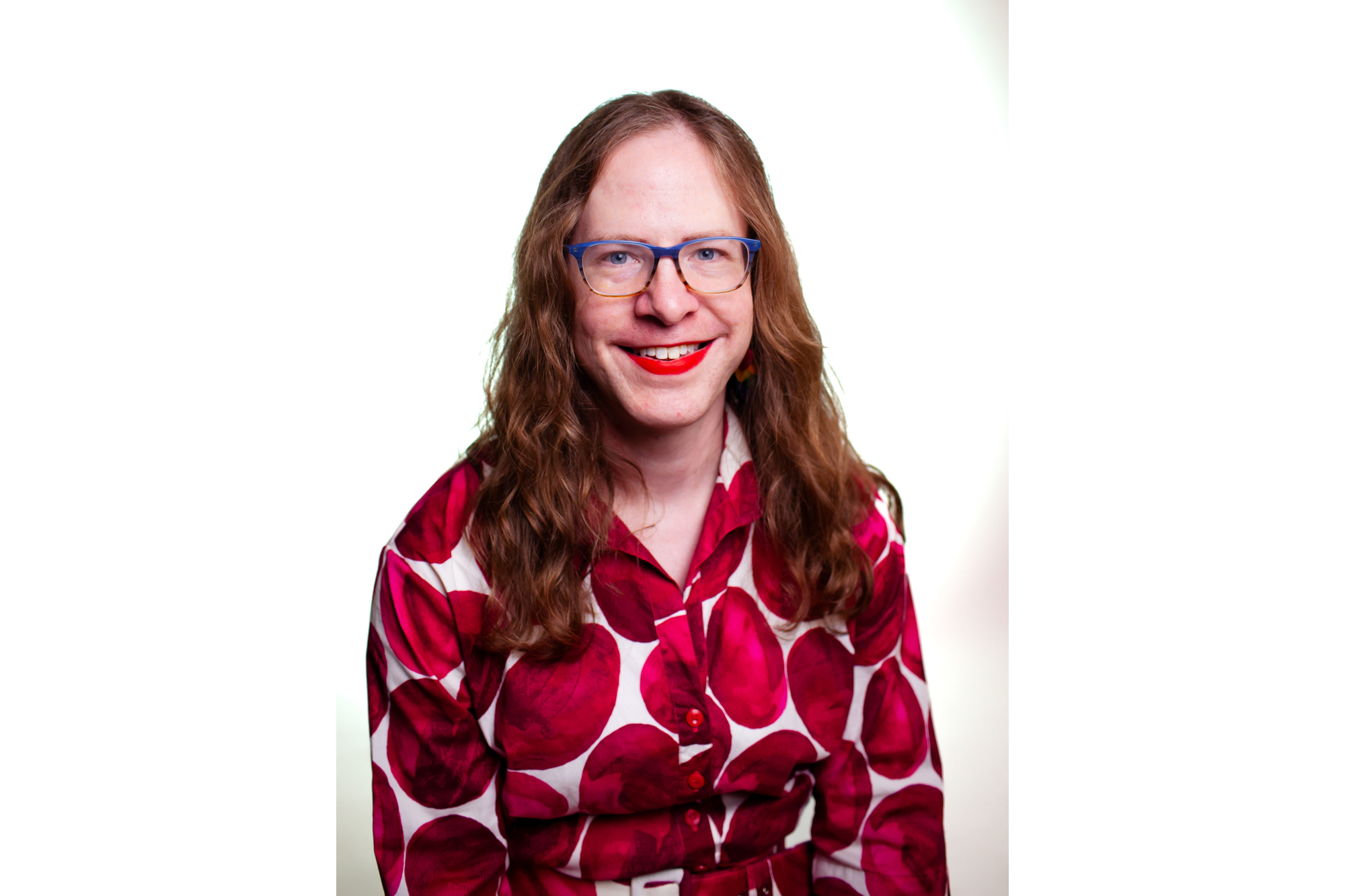
Furthermore, Rohn advised people to learn about state-level protections.
“There are a lot of laws at a state level here in Minnesota certainly that provide folks with really resilient and robust protections from discrimination or guarantees of access to appropriate care,” Rohn said.
The organization created a guide with information for LGBTQ+ Minnesotans to consider in light of the Trump administration’s actions.
 Project OptimistJen Zettel-Vandenhouten
Project OptimistJen Zettel-Vandenhouten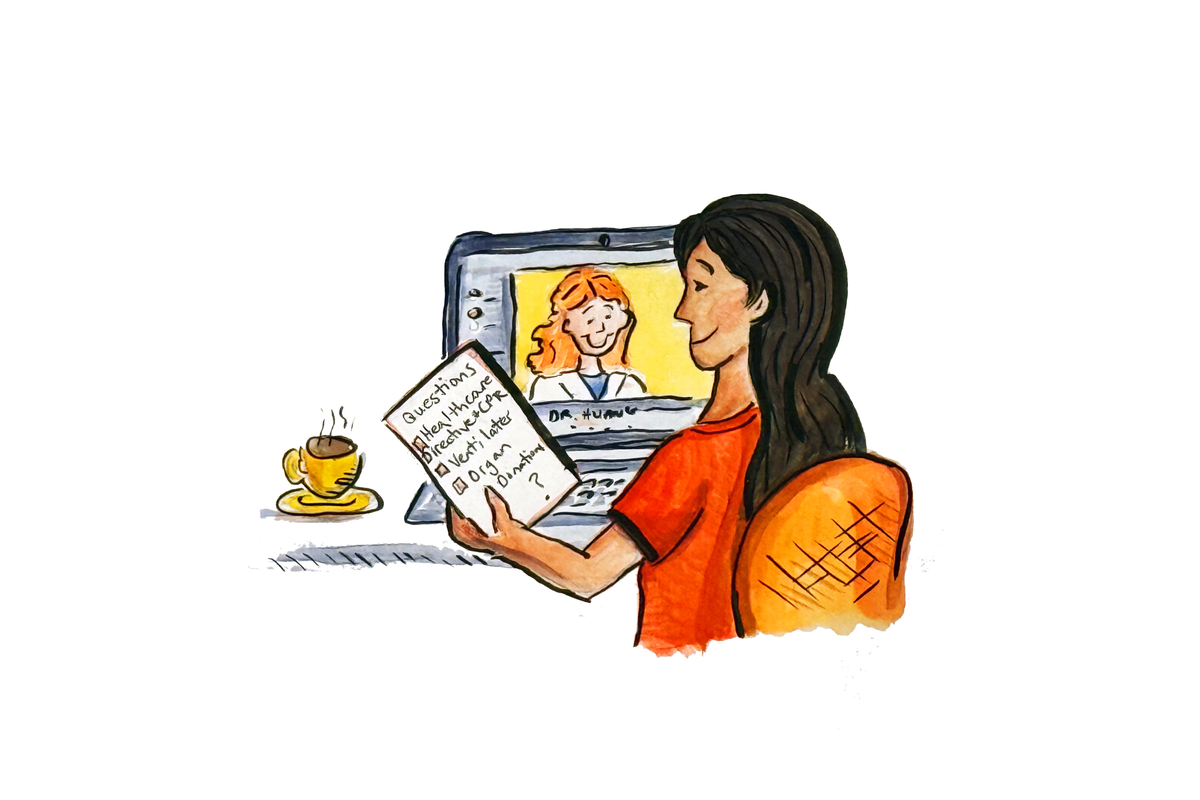
A couple areas give Rohn hope. The first is that Minnesota maintains robust protections for LGBTQ+ people.
The second is how people have come together. She cited the Volunteer Lawyers Network, a nonprofit organization in Minneapolis.
“Not only did those folks step up to offer their services, but they came together and put together funds to help get folks access to things where folks might not have the financial resources to do so,” Rohn said. “I've seen – across the board – different organizations and individuals stepping up and supporting community at a time when folks need it.”
'It's good for people to think about'
Dawn Espe, a Baxter resident, came out two years ago. She completed a health care directive prior to that and said she needs to update it. Also on her to-do list: a will.
“I've never put a will together – ever – and I don't know why. I just don't know why our society doesn't take that more seriously,” Espe said.
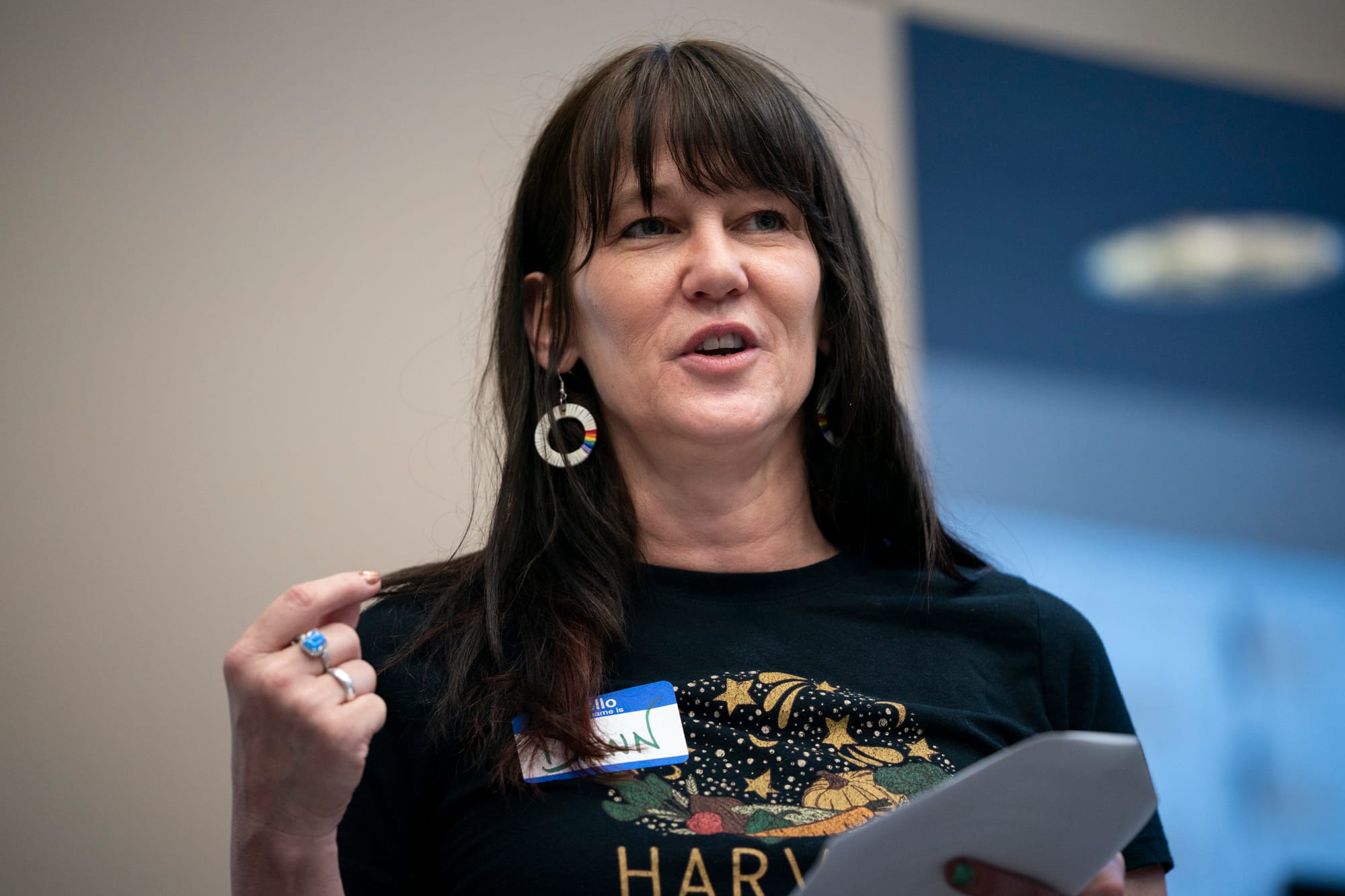
The 52-year-old will most likely ask one of her sisters to be her health care agent, and she wants to make sure they are comfortable with the responsibility.
“Having to make that decision or having to put that on someone else besides a spouse, is – I think – a different kind of thing to think about,” Espe said. “You probably need to make sure they're comfortable with that decision.”
When Espe served on the board for Brainerd Lakes Pride, the organization hosted meetings where people shared their thoughts about care in assisted living facilities.
“We had some listening sessions last year with the older queer community just about how they feel in rural places when it comes to assisted living facilities having their back, and what kind of health care are they receiving,” Espe said. “And when we talked to some of the assisted living facilities, their opinion was, ‘We don't have any gay people here.’ Oh yeah, you do because they were just in my listening session.”
Older members of the LGBTQ+ community may not have partners, Espe said, so it’s important for assisted living facilities to honor residents’ wishes.
Espe remembers having discussions about end-of-life planning with her mother and her mom’s partner before gay marriage was legal.
 Project OptimistNora Hertel
Project OptimistNora Hertel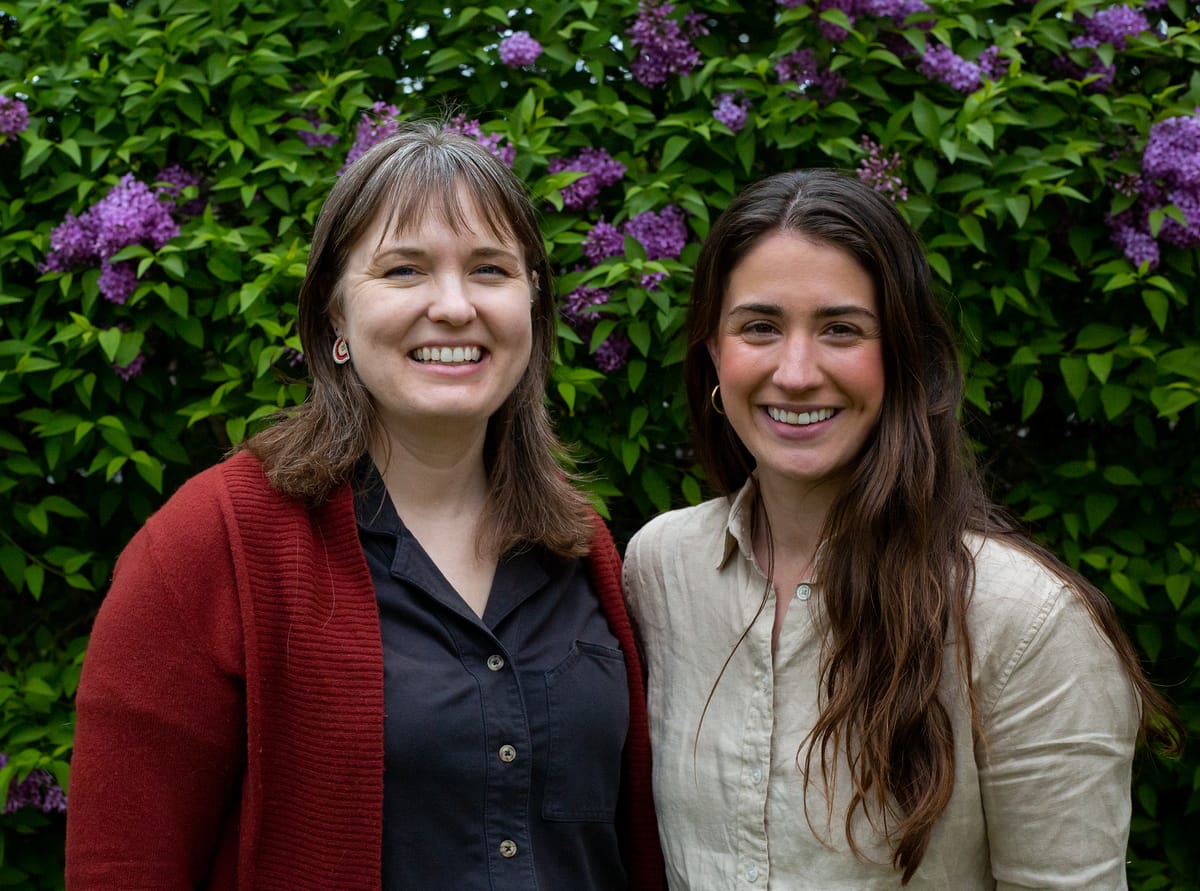
“They were very concerned about what happens if my mom is in the hospital and only family can go in,” she said. “How is (her partner) going to be allowed in there? And it was a scary kind of feeling and a scary kind of time.”
Espe’s mom completed her health care directive and asked Espe to consult with her partner, something Espe says she and her sisters would have done.
“I think when marriage became legal, that was a really big relief for my mom and (her partner) – that they did have that connection like you should when you are spouses,” Espe said.
Espe filled out a health care directive three years ago after her doctor asked if she had one.
Without that nudge, Espe said she probably wouldn’t have created an end-of-life plan.
“I think it's good for people to think about,” she said.
‘A natural part of the whole process’
Carla Benjamin isn’t afraid of death.
The artist, Pillager resident, and member of the LGBTQ+ community said she sees death as part of life’s cycle. Benjamin’s work and her late mother influenced her perspective.
“I think it's more of a philosophical, spiritual idea that dying is just a natural part of the whole process,” she said.
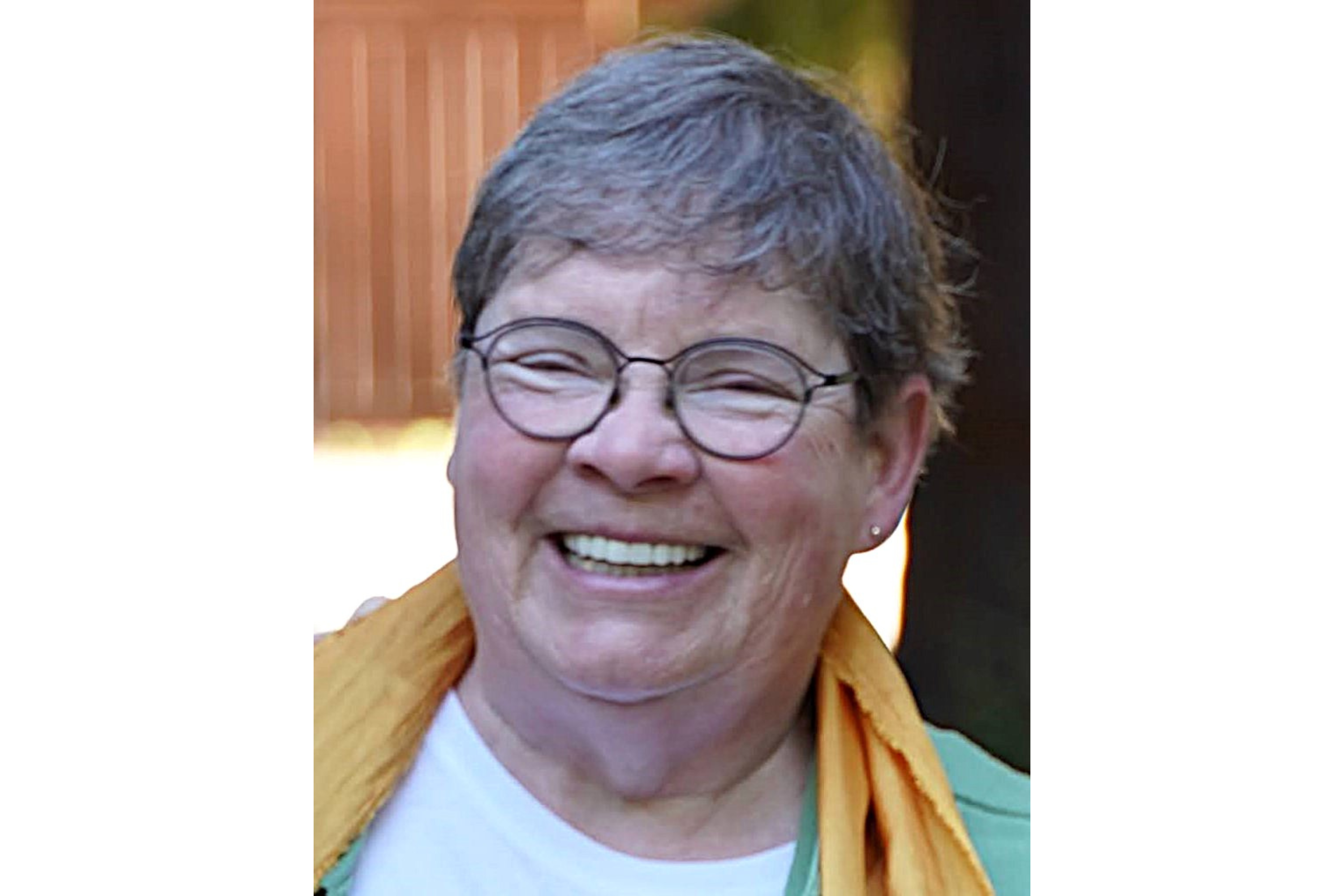
Benjamin, 70, completed a health care directive about 18 months ago, following her mother’s death, and plans to update her will.
She spoke with one of her sisters and looked at her mom’s end-of-life wishes for guidance.
“It's very hard to anticipate what might happen with your body as you age, so you just make your best guess,” she said.
 Project OptimistJen Zettel-Vandenhouten
Project OptimistJen Zettel-Vandenhouten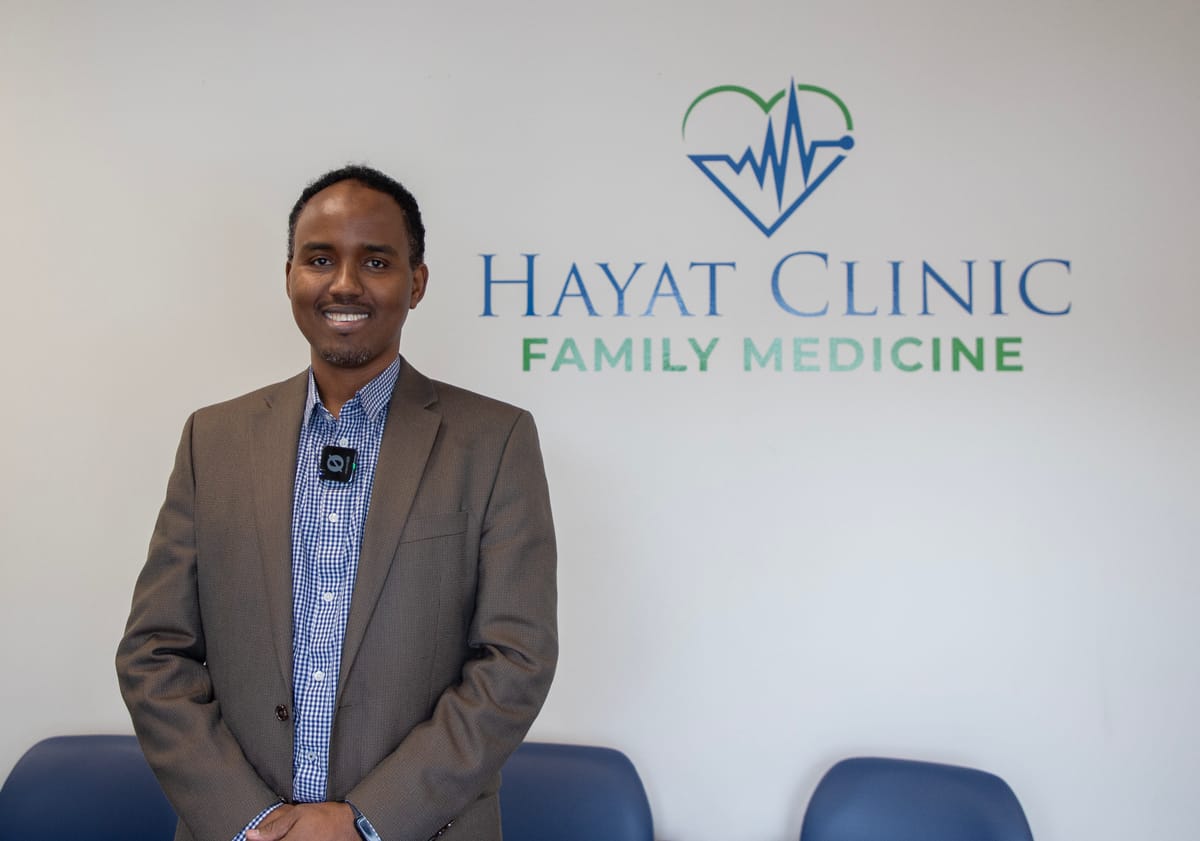
 Project OptimistJen Zettel-Vandenhouten
Project OptimistJen Zettel-Vandenhouten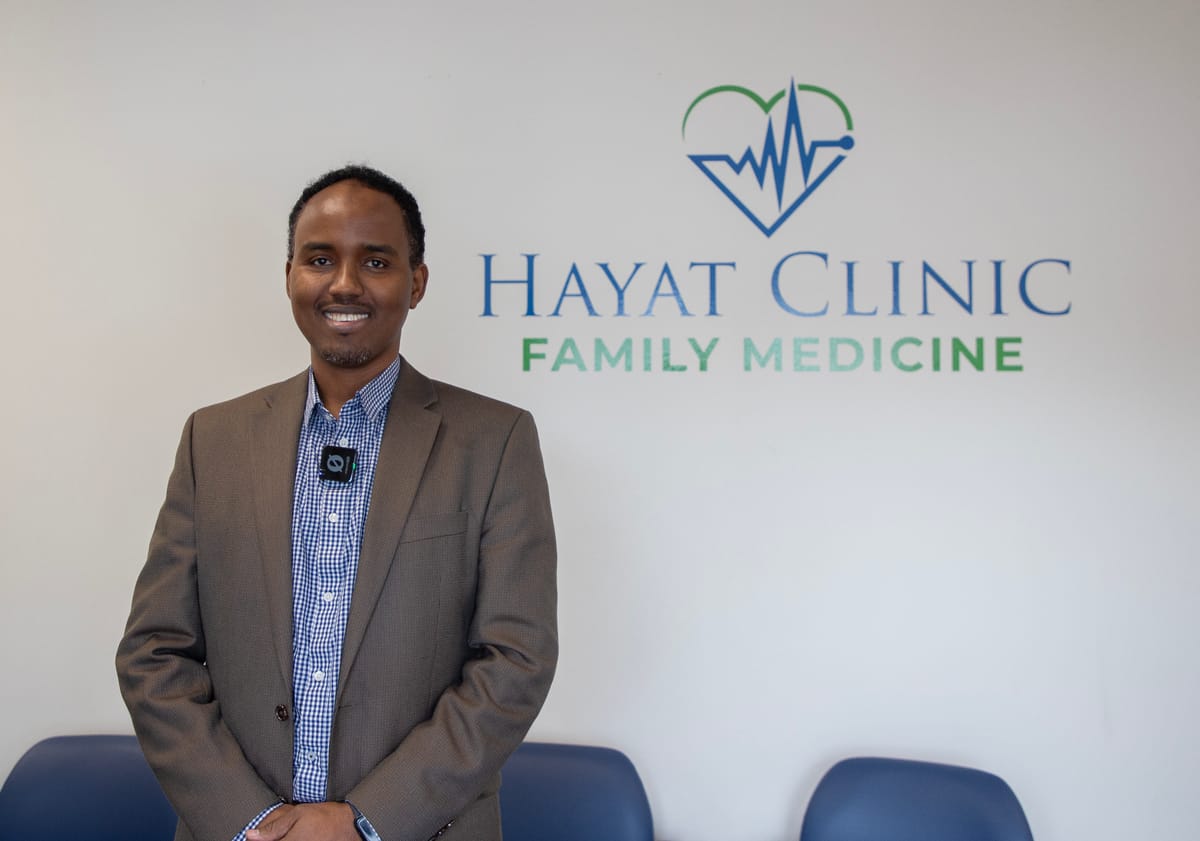
She asked a trusted friend from church to be one of her health care agents. Benjamin wanted someone local who can make decisions until her sisters arrive. One of her sisters is in the Twin Cities and the other lives in Washington State.
Now, she just needs to update her will.
Easier said than done.
“It means you have to confront the fact that you're not always going to be here. I'm not too bad about it – it's just an annoying thing you don't get around to,” Benjamin said.
The primary question for Benjamin is what will happen to her art after she’s gone. She wants to figure it out, so she can include her wishes in her will.
She anticipates downsizing at some point, but she’s not sure when that will happen.
“That part concerns me,” she said. “I don't know what's going to happen when I'm not physically able to live out here where it's a little bit rigorous.”
 Project OptimistJen Zettel-Vandenhouten
Project OptimistJen Zettel-Vandenhouten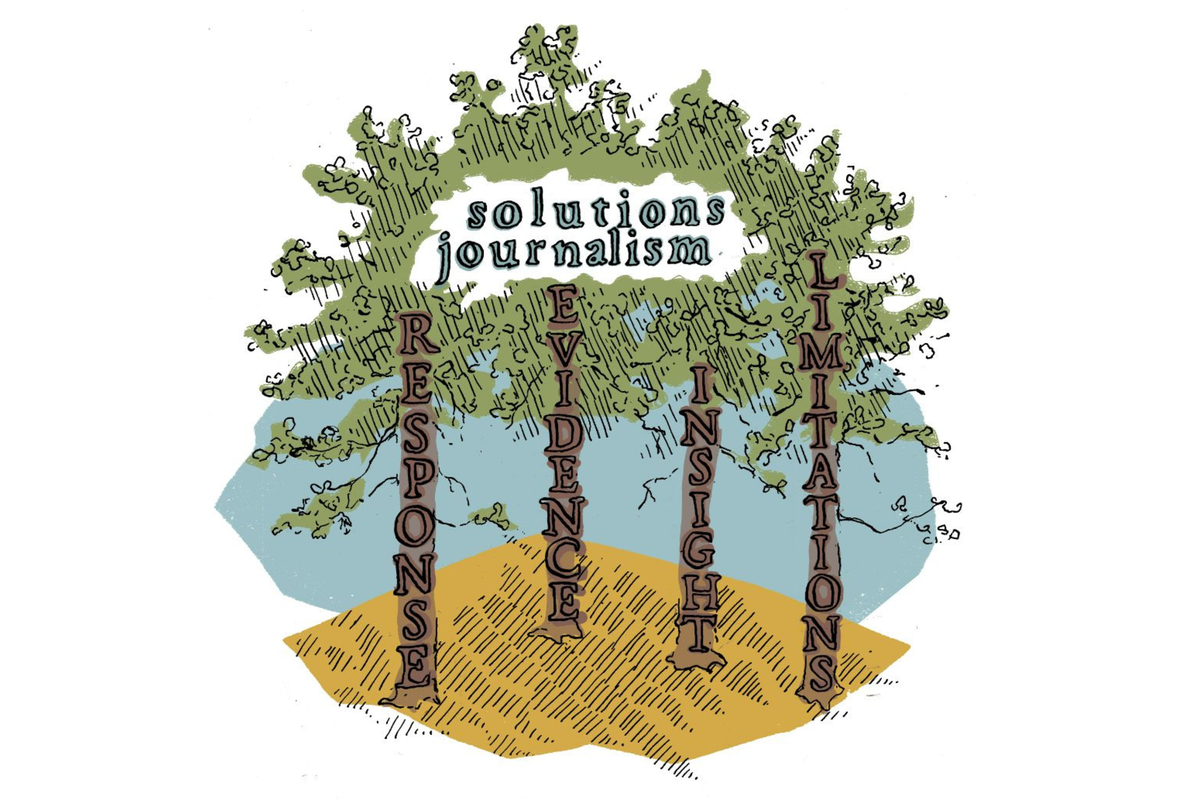
End-of-life planning is a matter of faith, Benjamin said.
“You have to trust that there will be people there when you need them. There'll be enough care there when you need it. And sometimes, with this current chaos our nation is in, you wonder,” she said. “And if I want to dwell on it, it would make me a little crazy – but I'm not going to, so I think it's just a matter of trusting it'll all work out.
“My mom always said, ‘Things have a way of working out,’” Benjamin said. “And so enough they do.”
This story was edited and fact-checked by Nora Hertel.
Project Optimist's End-of-Life series is supported by a grant from the Morgan Family Foundation.
